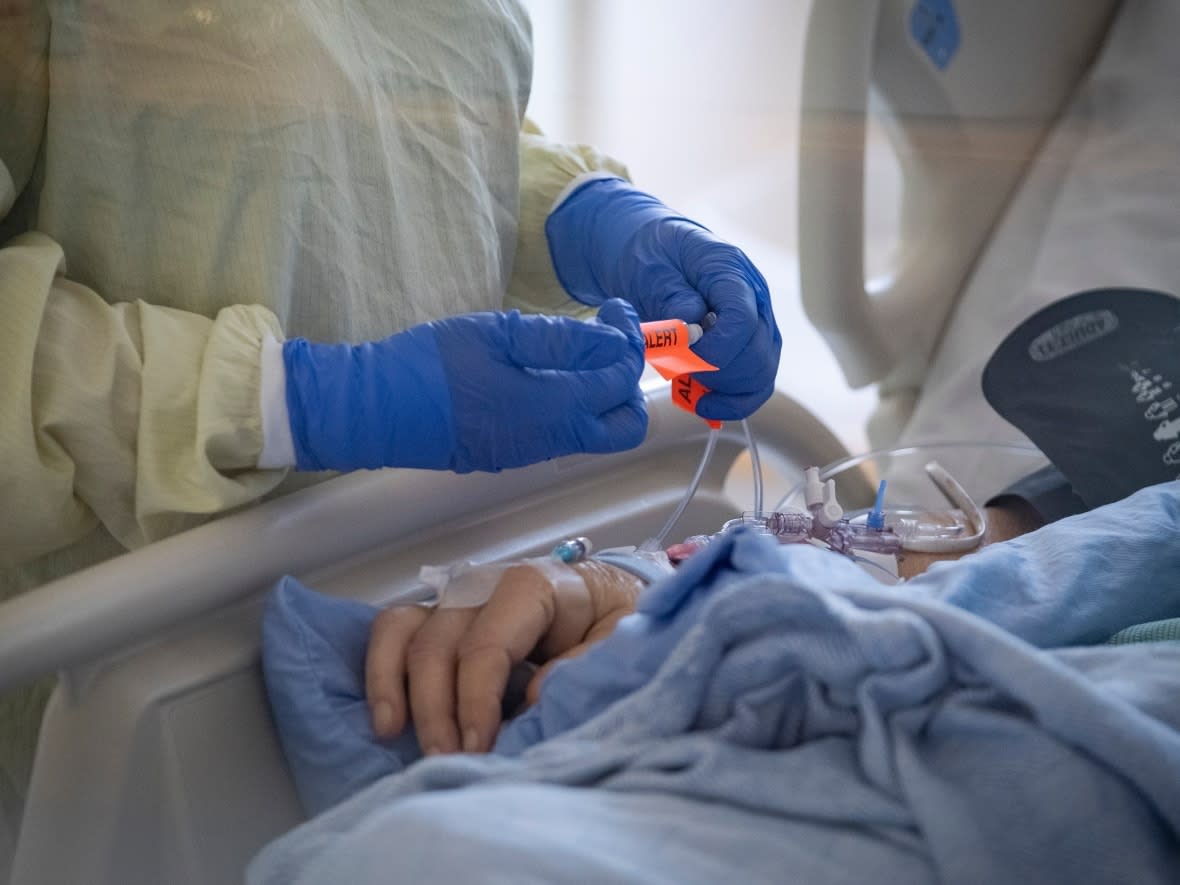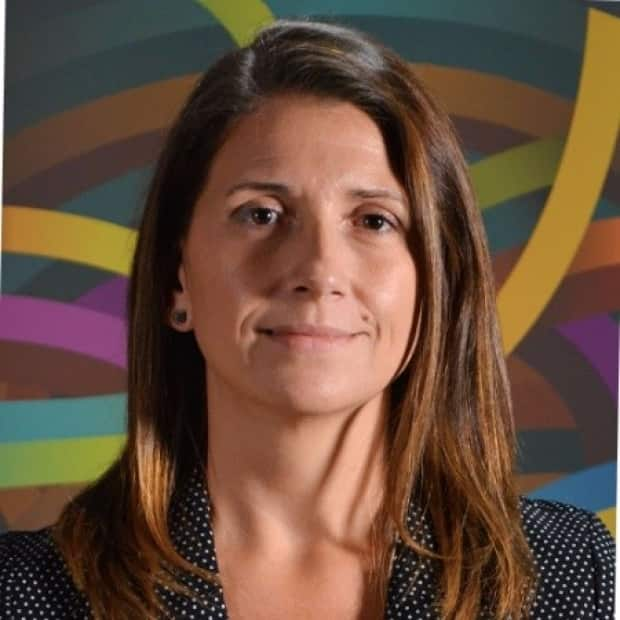Study identifies anti-Indigenous bias among Alberta physicians

A recently-published University of Calgary study found two-thirds of Alberta physicians surveyed have implicit anti-Indigenous bias.
The survey was sent to every practising physician in the province in 2020. There were 375 doctors who participated in the survey with the largest group — 40 per cent — being white cisgender women.
Four researchers from the university found that respondents shared concerns about "reverse racism" targeting white people and discomfort discussing racism.
Pamela Roach, lead researcher of the study with the U of C's Cumming School of Medicine, said the study's findings further validate the numerous patient reports of anti-Indigenous bias in health-care.
"What we did find was that levels of anti-Indigenous bias within Albertan physicians are unacceptably high," Roach, who is a member of the Métis Nation of Alberta, said in an interview Friday.
The study's goal was to measure the source of interpersonal bias, whether explicit or implicit, among Alberta physicians — nuances that have not been widely studied, Roach said.
Physicians were posed with two sliding scale questions to understand the level of explicit bias they held.
The first question asked physicians how they felt toward Indigenous people and the second question looked at preference between white and Indigenous people.
The results showed eight per cent of participants felt unfavourably toward Indigenous people while 25 per cent preferred white people to Indigenous people.
Implicit anti-Indigenous bias
Implicit anti-Indigenous bias was assessed by asking participants to match images of Indigenous people in Canada and European — specifically white — people with positive and negative characteristics in a randomized fashion.
The study found 67 per cent of participants showed implicit preferences for white people with only 13 per cent demonstrating a preference for Indigenous faces.
It found participants practising in remote settings had the most neutral implicit preferences and those in urban and large rural settings had the greatest implicit preference for white faces. Older participants, those in surgical disciplines and those without an academic affiliation also had stronger preferences for white faces.

"I am aware that a 67 per cent feels really big — and it is — and part of the reason for that is because of the messages that society tells us," Roach said.
"Even people who would have answered the explicit bias questions in a way that they felt positive toward Indigenous people, what the implicit bias does is gives us a baseline of how people are reacting."
Roach said this is critical information for a clinical setting given that doctors routinely make life-altering decisions in a matter of seconds.
Jessica Kolopenuk is the Alberta Health Services research chair in Indigenous health at the University of Alberta and was not involved with the study. She said it is a valuable contribution but reinforces what has already been established.
"It is unfortunate that a scientific study evidencing racism is needed and perhaps even regarded as more solid proof than are the stories and testimonies of Indigenous peoples ourselves," the Cree researcher from Peguis First Nation said.
"Providing 'equitable' healthcare to Indigenous patients might not be an adequate framework and goal given that it maintains white measures of health as the norm to be striving for."
Kolopenuk said focusing on Indigenous governance, leadership and expertise in health and policy can lead to better outcomes.
Training and allyship
In a statement in response to the study's findings, AHS spokesperson James Wood pointed to the organization's "Indigenous Health Commitments: A Roadmap to Wellness" guidelines.
"All staff are required to complete mandatory Indigenous awareness and sensitivity training as part of their employment with AHS, and there are a number of additional diversity and inclusion education programs available to employees," Wood said.
Dr. James Makokis, who is a two-spirit Nehiyô (Plains Cree) family physician from Saddle Lake Cree Nation, said often times examples of bias can include omissions of care.
"If someone presents to the emergency room, and their vital signs are not taken, there's some perceptions made about somebody based on their skin colour or a sexual orientation and then that patient leaves because they're not being treated properly.
"That's an instance of discrimination and potentially racism."
Makokis said a crucial component that needs to be addressed is non-Indigenous physicians remaining complicit by not reporting discriminatory situations.
"That really speaks to allyship, and how to be an ally, you have to be an active participant."


